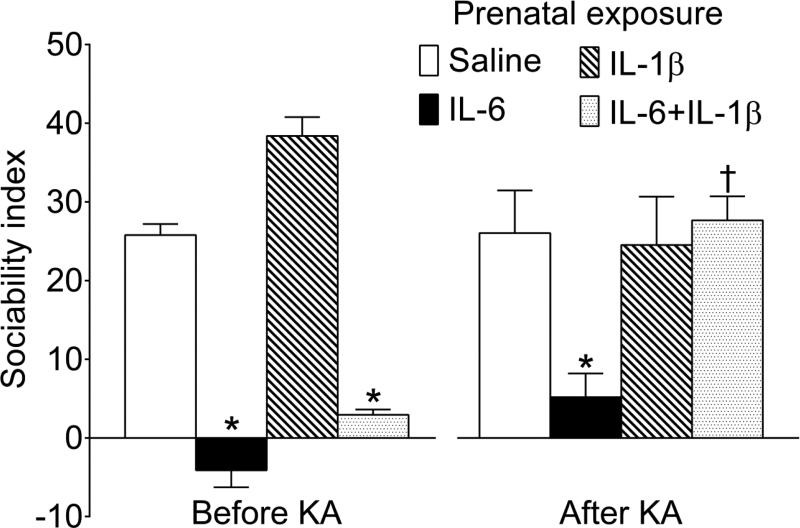Fig. 2. Performance in the three-chamber sociability test.
Left. The first test was performed between P35 and P40 prior to KA administration. The offspring of saline-treated and IL-1β- treated mice showed strong preference towards the conspecific vs. the unanimated object. In the IL-6 and IL-6+IL-1β offspring, sociability was significantly diminished to the levels of indifference. Right. The second test was performed ten weeks after KA SE induction, upon the establishment of spontaneous seizures at the age of 16 weeks. In Saline/KA and IL-1β/KA animals the sociability remained intact (i.e. was similar to the one prior to the KA injection). In IL-6/KA mice, social behavior was diminished, but the impairment was not further exacerbated by recurrent seizures. In IL-6+IL-1β/KA animals, sociability was significantly improved as compared with pre-epilepsy level, and was statistically similar to the one in normal (i.e. Saline/Saline) mice. Data are shown as Mean±SEM. *-p<0.05 vs respective Saline; †- p p<0.05 “After KA” vs. “Before KA”. 2-way ANOVA followed by Sidak's multiple comparisons test. Interaction F=11.52 (p<0.05); effect of seizures F=4.46, p<0.05; effects of prenatal treatment F=28.26, p<0.05.

